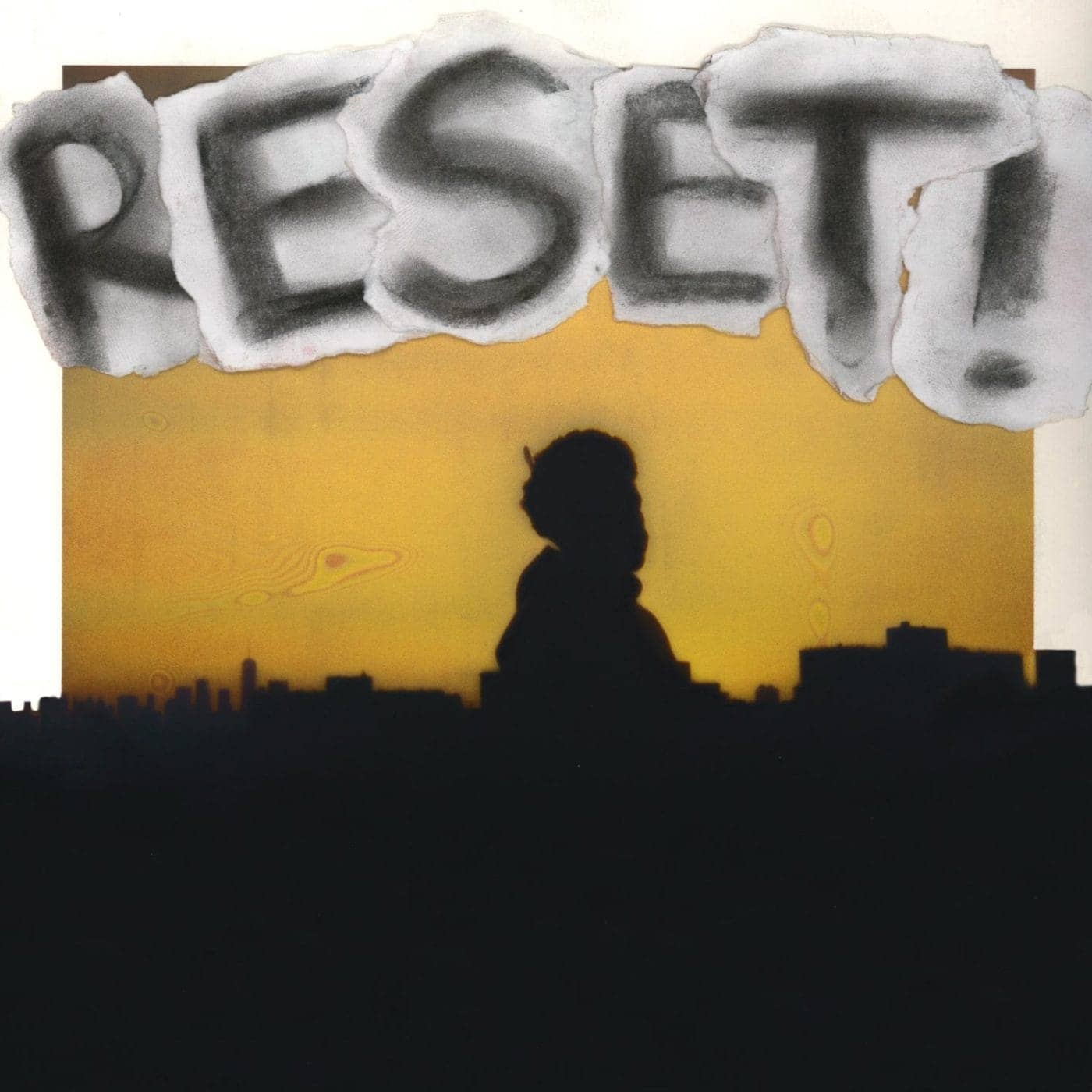
by Zaire Saunders
On Sept. 17, 2023, I waited for the rapper and producer Ovrkast outside his studio in Downtown Oakland. “That’s where I work,” he said. “But first I want to check out a pop-up a few blocks away.” The pop-up was a vintage and crafts sale filled with various vendors in and around Oakland, rushing back and forth between the rows of clothes they were selling for $40 to $75.
Ovrkast has been making music for eight years, starting when he was in high school. “I started about 11th grade. At my school there was a little makeshift studio. I forget where the equipment was from.” What he does remember is the effect his West Oakland upbringing had on him, “Ralph Bunche – that’s where I started.”
At 25 years old, Ovrkast has released two projects but ensures he’s done the groundwork on his part through his beat tapes, music videos and the shows he’s done. When I asked if he would consider himself “underground” despite his success in completed projects including tours from California to New York, he was quick to agree: “I still am; yeah, I think I still am. Underground is not mainstream – that’s pop music, stuff that can be played anywhere. I do different stuff. I’m underground because of that. And I’m not mad at it. I’m fine with staying in my own niche because then I’m not competing with anybody.”
The niche, referring to his sound, he describes as atmospheric and nostalgic. Oakland plays a measurable part in that sound. “Oakland is the culture. You know, the art and the culture here – I was exposed to different shit. Oakland has a rich culture in art. Oakland itself was Jazztown. Geoffrey’s [Inner Circle] used to have all that. This old, crazy jazz venue was huge. Oakland has its roots in jazz – in pro-Blackness, in rap.”
According to Ovrkast, he’s “subconsciously conscious” because of those roots. “I may not have a lot of messages in my songs but I speak for a certain group of people. I speak for myself, but I think it relates to a certain person. A Black person,” Ovrkast said. For him, the role as a Black artist isn’t necessarily to say “fight the power,” but rather to express themselves, which in turn will build a following. “People will understand it because you Black.”
Asserting that he does stay plugged into the world around him through social media, Ovrkast said that his music is focused on the Black experience of the individual – himself. The independence can be noted in his performances: “All the shows I did, people have asked me to open. So I’m like fuck it, cool. I threw one show in New York that was off me; I didn’t host it but I put it together.”
But that was then, now he’s focused on his “big album,” concerned more with picking back up where he was a few years back with his first project, “TRY AGAIN.” “When I dropped it, I was a kid. I was 20-21 years old. It blew up but I wasn’t ready for it as a rapper. It blew up.”

His rise was quick and the pressure had built up. Worried about stunting his creativity, he says he went inward, partially due to the pandemic but looking for an ego death. “There was a really low point that I hit. It was too much pressure; I didn’t know what to do with it. I don’t know how I came out of it but I pushed myself even harder to step up for myself and not back down.
“I didn’t come in as an artist with a six-month plan. I was just making music and it got popular. But this EP I just put out is me saying I know now. I know what to do and this is where I want to take it and where I’m going with it.”
Fittingly enough, the EP, named “RESET!” is just that. Though only six songs, it still defines his current tastes or, as he said it, “ears.” “It’s jazz shit, a lot of hip hop shit. Anita Baker. I’m on the old school shit. People can check it out on Soundcloud, Spotify and Apple Music. Just look up O-V-R-K-A-S-T.”
Zaire Saunders is the copy editor and reporter for the SF Bay View Community Journalism Program, which is funded by the California State Library.





